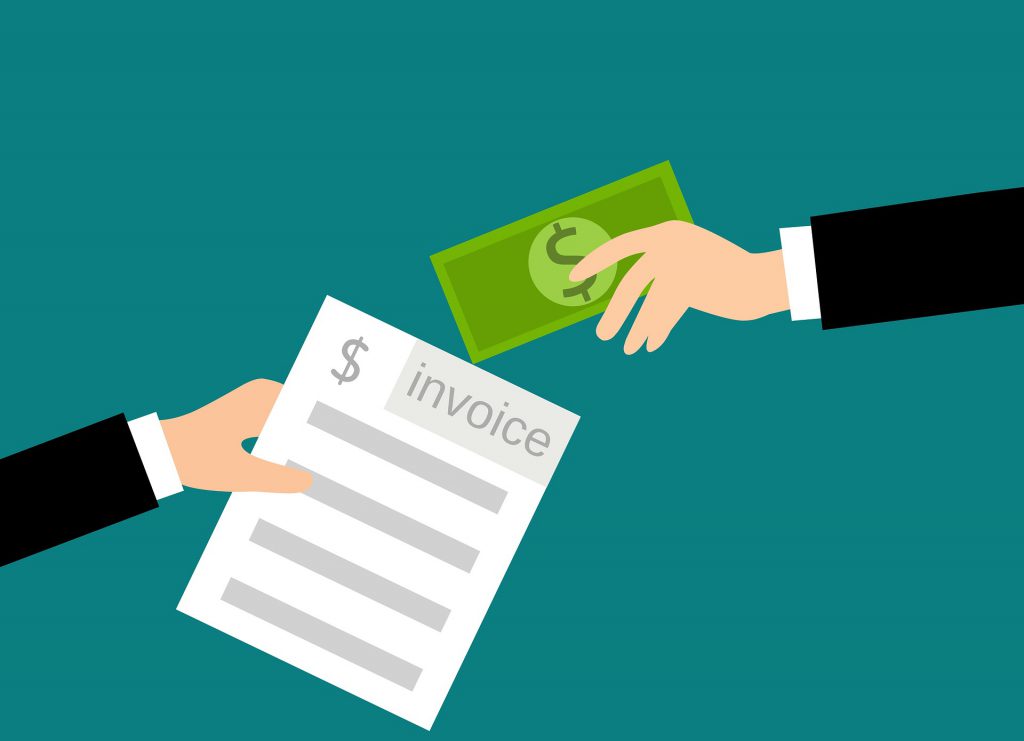In the past few years, the number of applications for blockchain technology has been steadily rising. In particular, blockchain promises to eliminate pain points, such as invoice processing and supplier financing, that have plagued the manufacturing space for years.
A blockchain is simply a record of individual transactions (or events) stored in groups (or “blocks”), with each transaction verified, time-stamped, and linked to the preceding block. The linking of the blocks ensures that transaction information within a block can’t be altered after the fact, because that would require altering every block that came before. It’s a simple system with exciting implications.
Supply Transparency
While sourcing components is a manufacturing operation’s primary concern, the financial transactions for all of those parts orders can create a huge headache. It’s common for complete invoices to accompany partially filled orders, and finding and resolving the discrepancies is a labor-intensive and painful process. When companies conduct business across borders and in various currencies, ensuring prompt and accurate payment deliveries becomes even more complicated.
When manufacturers and their suppliers use blockchain, they can add functionality that flags and resolves partial shipments, short shipments, or damaged goods. Instead of processing and verifying invoices, they can use an evaluated receipt settlement process that automatically posts and pays invoices based on the purchase order and the settled goods receipt record in the blockchain. The immutable blockchain ledger keeps both buyers and suppliers on the same page, eliminating the need to constantly reconcile data. It adds a level of transparency that the supply chain is currently lacking.
Dealing With Demand
When manufacturers forecast demand, whether for a new product or a coming season, they tend to order more than needed to give themselves a buffer if demand proves greater than anticipated. But these “safety stocks” may create big problems later for suppliers. The bullwhip effect can lead to a spike in orders to suppliers, who then have to meet their buyers’ expectations — or risk being rated as a poorly performing supplier. However, suppliers may not have the cash needed to produce everything that has been requested. The payment terms are usually long, so they just have to come up with cash to cover production. Supplier finance helps smooth out cash flow for suppliers so that they’re not left holding the bag.
With a blockchain record of purchases and deliveries that’s verified by all relevant parties, manufacturers can help suppliers get the financing they need in order to keep up with forecasts or demand spikes. In addition, existing networks of funders with their own blockchain capabilities can establish a node on the manufacturer-supplier blockchain network and participate in the verification of transactions. When multiple funding sources trust the data, they can then make competing financing offers to suppliers, who can pick the best offer for their needs.
Blockchain technology has broad implications for a whole host of industries, but it has particular promise in easing supply chain processes. With a transparent ledger that’s verified by all parties involved, blockchain is eliminating unnecessary processes and making it easier to trust one another. For both buyers and suppliers, the result will be increased accuracy and improved efficiency, making the technology a win for everyone involved.
Published by Alex Rosen, Sales, Business Development and Consulting Lead for Emerging Technologies

